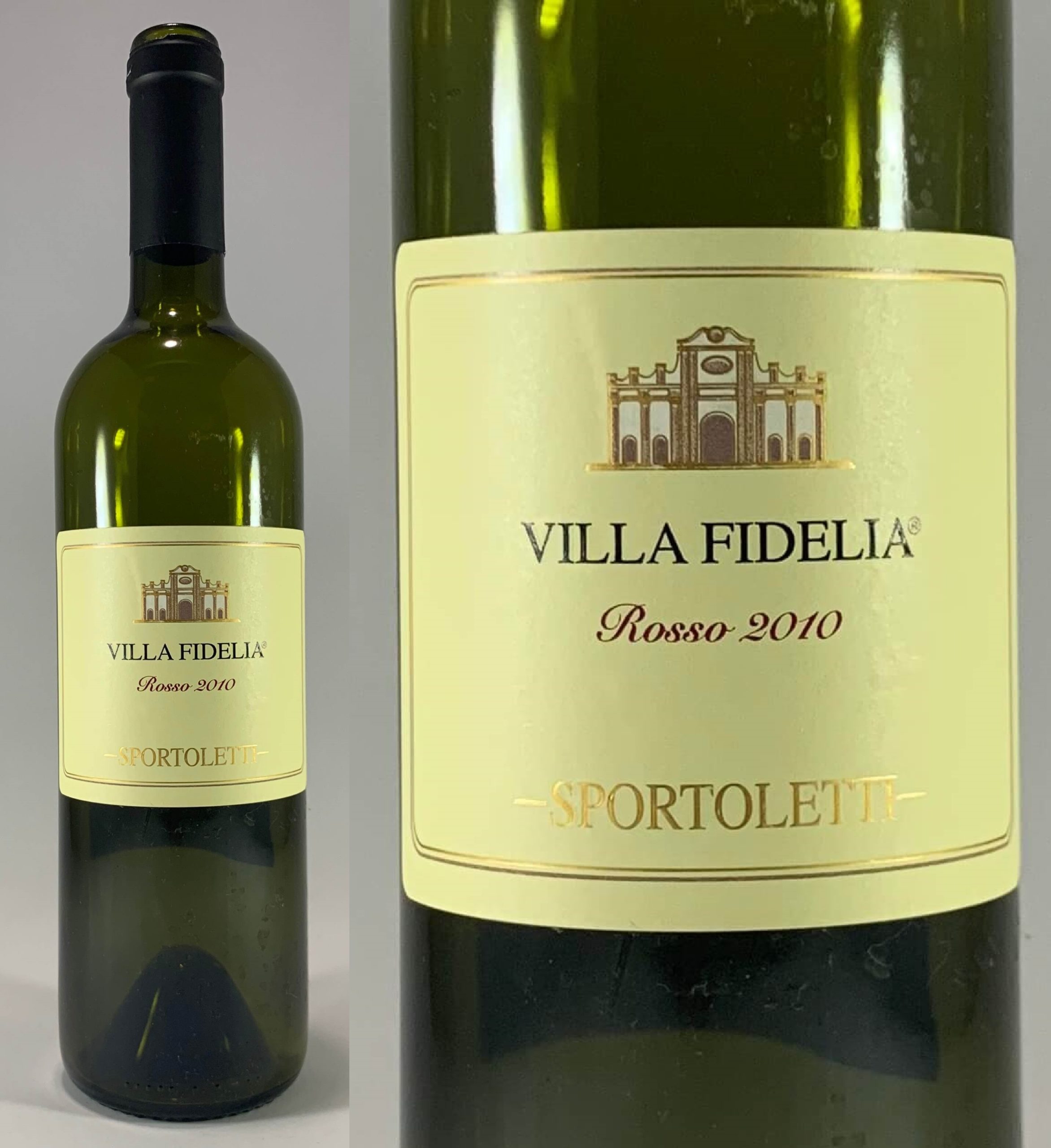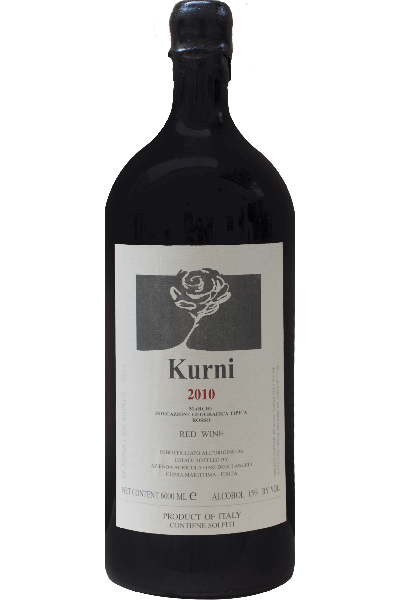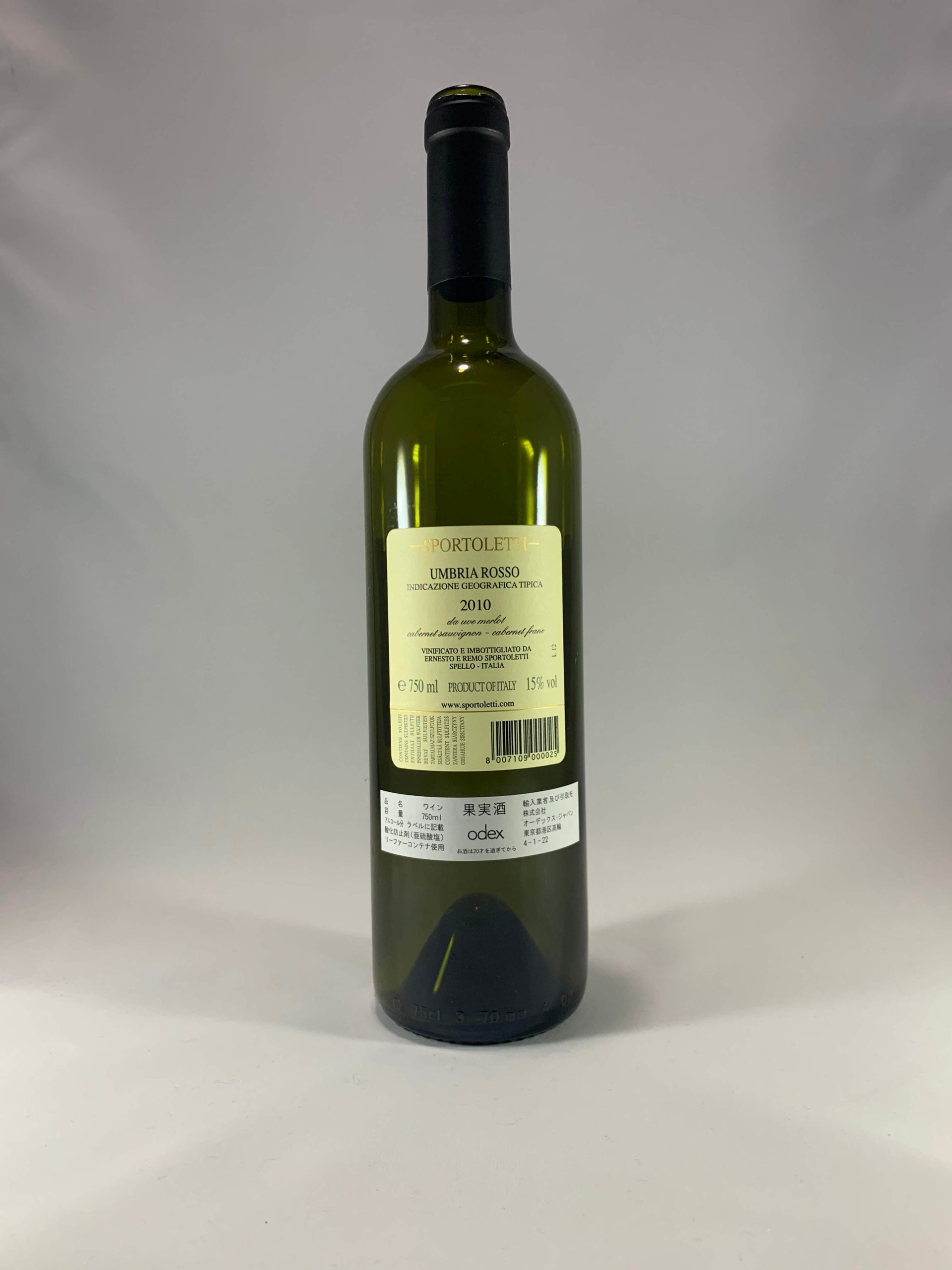

Orvieto is the center of Umbria’s white wine production-and anchor of the region’s entire wine scene-producing over two thirds of Umbria’s wine. Orvieto, the wine, is a blend of at least 60% Trebbiano in combination with Grechetto, with the possible addition of other local white varieties. Rosso di Montefalco, on the other had, is composed mainly of Sangiovese and is a more fruit-driven, quaffable wine to enjoy while waiting for the Sagrantinos to mellow out.Īmong its green mountains, perched upon a high cliff in the province of Terni, sits the town of Orvieto. Incidentally these wines often fall under the radar in the scene of high-end, age-begging, Italian reds, giving them an almost cult-classic appeal. By law this classified wine has to be aged over three years before it can be released from the winery and Sagrantino often needs a good 5-10 more years in bottle before it reaches its peak. &0183 &32 Sportoletti Assisi Villa Fidelia Rosso DOC, 2010 1500ml 1,688 Sportoletti Assisi Villa Fidelia Rosso DOC, 2011 1500ml 1,588 Tenuta San Guido Sassicaia DOC 1994 5,888 Tenuta San Guido Sassicaia DOC 1998 4,888 Tenuta San Guido Sassicaia DOC 2014 2,900 Solaia, Marchesi Antinori IGT 2013 3,688 Solaia. The resulting wine, Sagrantino di Montefalco, is an age-worthy, brawny, brambly red, bursting with jammy, blackberry fruit and earthy, pine forest aromas. It’s star red grape variety, Sagrantino, finds its mecca around the striking, hilltop village of Montefalco. The Sportoletti brothers also own 3,000 olive trees on land that is 1,600 feet in altitude, on the slope of the Monte Subasio.Ĭentered upon the lush Apennine Range in the center if the Italian peninsula, Umbria is one of the few completely landlocked regions in Italy.

In the last few years the prominent enologist Riccardo Cotarella has consulted with the winery. Vinification is carried out in temperature controlled stainless steel tanks and the best reds are refined in French oak. The same care is taken in the cellar where the vinification takes place utilizing an air press for a soft pressing. The vines are followed very attentively up to their harvest, when the grapes are handpicked.

Recently, Sportoletti went through a process of renewing the vines with new grape clones of Grechetto and Chardonnay, Sauvignon Blanc, Merlot, Cabernet Sauvignon and Pinot Nero which is showing very promising results in Italian Oenology. Today the company owns 50 acres of vines all situated in the hills of Assisi and Spello, an area highly regarded for its climate and for its association with the Denominazione di Origine Controllata of Assisi. In 1979 Sportoletti decided to start producing fine wines of high quality, with the philosophy of respecting the characteristics typical of the hilly area of central Umbria. Read more.Sportoletti is a family owned agricultural business which for several generations has relied primarily on revenue from farming. Gamay, Cabernet Sauvignon, Merlot and Canaiolo are also grown. Sagrantino accounts for only about 250 acres of Umbria’s vineyards, and it grows nowhere else in Italy, one reason why Sagrantino has become something of a cult wine. But the unique red grape of Umbria is Sagrantino, a deep, dark grape that makes tannic, spicy wines. Sangiovese is the dominant red grape, and it is used for blending. With the rise of the Lungarotti winery and several others, however, distinctive red wines have also become part of the Umbrian wine portfolio. Orvieto blends often include the regional grapes Grechetto and Verdello, and may also include Trebbiano and Drupeggio. Until the last decade or two, the white wines of Orvieto were Umbria’s best-known wines. Umbria is now the sixth largest of Italy’s 20 regions in the quantity t of DOC wines produced. Today there are two DOCGs and ten DOCs in Umbria, and 30% of the 41,000 vineyard acres are in classified appellations. In 1968 the area was awarded its first DOC appellation. A rich agricultural area famous for olive oil, grains and black truffles, commercial winemaking was not a priority until the mid-20th century, when Giorgio Lungarotti slowly turned his family’s long-held estate from a general agricultural enterprise to commercial vineyards and a winery. Umbria is a relatively small region tucked up against the eastern edge of Tuscany and the Marche’s western border.


 0 kommentar(er)
0 kommentar(er)
